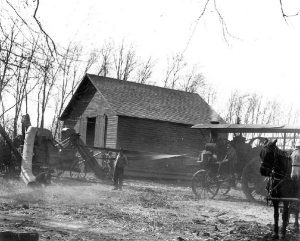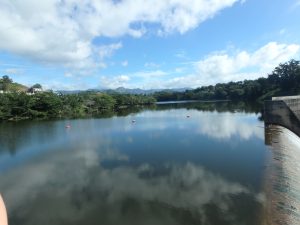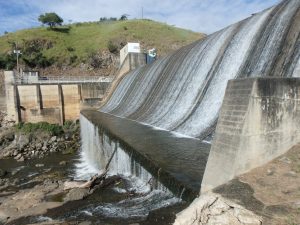Over the years, Illinois has had many historical and contemporary events that have shaped its current state. Beginning in the 1820s, farmers have been importing animals from out of state in order to better their breeds. Prior to the 1930s, these early Illinois farmers lost many of their animals due to these unpreventable pests and diseases. This is due to the fact that Illinois farming began before the usage of chemical pesticides became the norm. Without these pesticides, it was both costly and nearly impossible to protect against the insects that attacked their crops. In efforts to control these pests, farmers used methods such as crop rotation. Crop rotation involved the crop of wheat being followed by beans and then wheat again afterward. This coupled with skipping a year greatly decreased the number of pests in the area. Also, beans were grown near other crops because the amount of moisture and shade they offered discouraged insects. The second popular method was to harrow the soil, plant debris in the fall, and clear rotten plant material which killed many of the pests. Because of occurrences like this, farmers have formed farmers’ associations for mutual benefit. From 1850 to 1900, farms in Illinois rapidly developed using mechanization and farmers became even more connected by sharing the cost of machinery. Agricultural in Illinois today is very different. Rather than the traditional subsistence farming of the 1800s and early 1900s, the majority of modern farms are commercial. New technologies and computers have drastically become more used in agriculture over the past two decades. In the fields, computers are used for record-keeping, to monitor rainfall, crop yield, and soil quality. In terms of new machinery, during the middle of the 1800s, the usage of steam-powered machinery became the norm for those who could afford it. Also, as the custom of using automobiles for transportation became popular, farmers began to use the gasoline engine for their machinery. In terms of how farms are financed, farmers get government subsidies, insurance, and take out loans. This often means that farm owners and workers must also have additional jobs.
Illinois became a state in 1818, with Chicago being incorporated as a city in 1837. With the incorporation of Chicago soon came a largely diversified economy. Chicago connects Illinois to other ports, the Mississippi River, and the Atlantic Ocean. In the early 20th century, groups of immigrants from southern and eastern Europe came to northern Illinois for the industrial job prospects. In around the same time period, the Great Migration occurred where groups of African Americans from the south moved to Chicago and established communities within it. At the turn of the 20th century, Illinois had a population of around 5 million people. Although Illinois has been historically considered a swing state, it is currently considered one of the most democratic states in the United States. Illinois also, unfortunately, has a history of corruption. In the late 1900s, an Illinois congressman was imprisoned for mail fraud, a governor and federal judge was imprisoned for bribery, and a comptroller was imprisoned for embezzlement. In 2006, the former governor of Illinois was convicted and sentenced to about six years in prison for racketeering and bribery. Only two years later, Governor Rod Blagojevich was alleged to have conspired to sell Barack Obama’s old senate seat to the highest bidder. Then, in December of 2011, Blagojevich was convicted of this crime and sentenced to 14 years in prison for it. In the future years, it is hoped that Illinois can avoid putting corrupt people into power.
“Chicago’s Dominance Puts Illinois Solidly in ‘blue-state’ America.” HighBeam Research. Chicago Tribune, 8 Nov. 2014. Web. 29 Jan. 2017. <https://www.highbeam.com/doc/1G1-124280593.html>.
“From Prairie to Fruited Plain: The History of Illinois Agriculture.” History of Illinois Agriculture. Illinois State Museum, n.d. Web. 29 Jan. 2017. <http://www.museum.state.il.us/exhibits/agriculture/>.
Shaw, Andy. “A ‘must Read’ Tells How Corrupt Chicago and Illinois Are.” Chicago SunTimes Opinion. Chicago Sun Times, 22 Feb. 2015. Web. 29 Jan. 2017. <http://chicago.suntimes.com/opinion/a-must-read-tells-how-corrupt-chicago-and-illinois-are/>.





